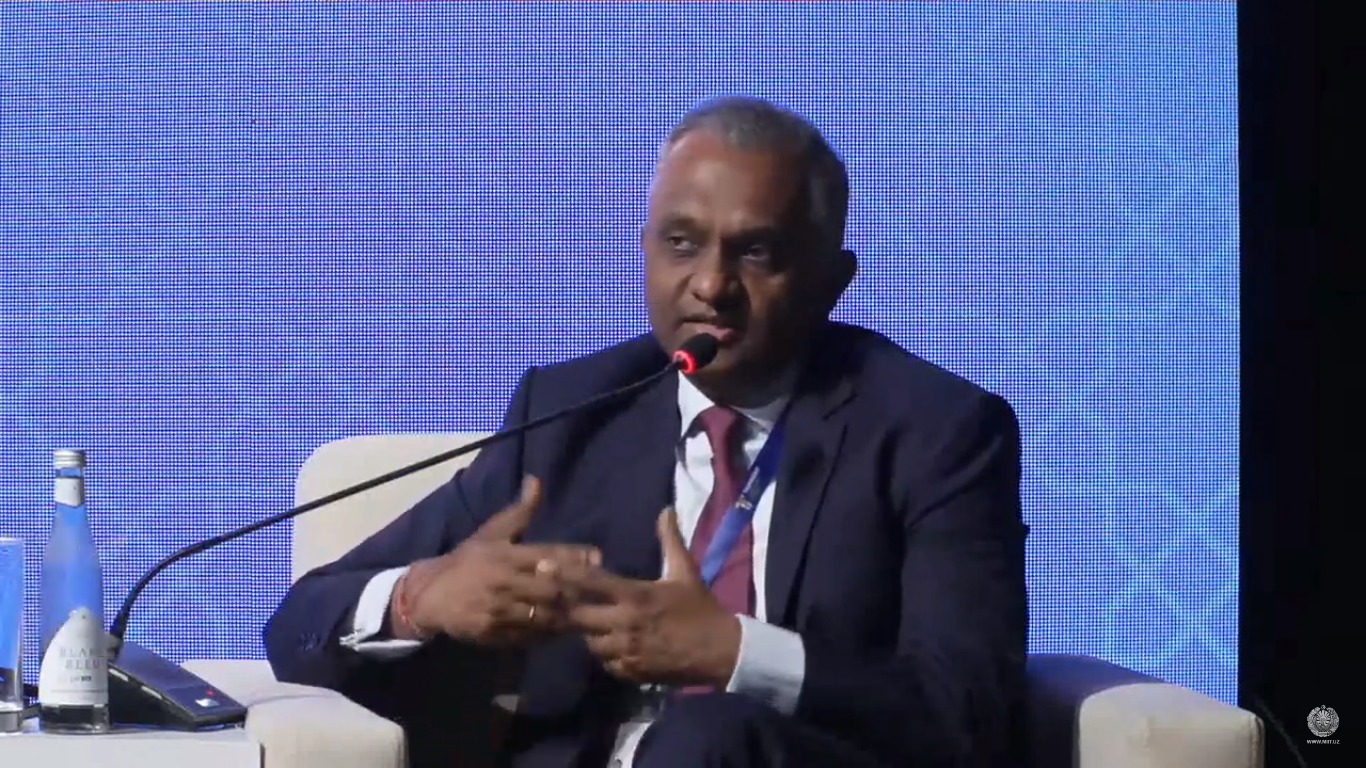BAKU, Azerbaijan, June 12. Uzbekistan, which lies at the heart of the Silk Road corridor, has received the largest share of investments, totaling over $12 billion, with the Asian Development Bank (ADB) investing more than $3 billion in road and rail infrastructure, said Mayank Choundhary, Director of the Private Sector Infrastructure Division at ADB, at the panel discussion Transportation Infrastructure: Today’s Silk Road Pathways within the IV Tashkent International Investment Forum, Trend reports.
He explained that the corridor today is a multipolar network that includes roadways, railways, ports, airports, energy pipelines, and digital infrastructure such as data centers and fiber optic cables.
'' Since 2001, the Central Asia Regional Economic Cooperation (CAREC) program has invested around $52 billion across these countries, with ADB contributing more than $18 billion. Approximately 50 to 60 percent of ADB’s investments have targeted transportation, while about 30 to 35 percent have focused on energy,'' he added.
“In Uzbekistan, the focus now, especially in railways, is on digitization,” Choundhary noted.
He highlighted ongoing projects aimed at modernizing the southern railway network, improving efficiency and connectivity through digital technologies.
Looking ahead, Choundhary expressed optimism about opportunities for private sector involvement and the expansion of public-private partnership (PPP) models.
“We see a lot of potential to replicate the success we had in the energy sector, transforming transportation and connectivity through strong, bankable structures and attracting large global players,” he said.
The key sectors for growth include aviation, roads, railways, and related services.
As an example of ADB’s regional efforts, Choundhary pointed to its cooperation with Georgian Railways, where the bank helped secure $500 million in green bonds. This funding supported upgrades to rolling stock, decarbonization initiatives, and improvements to train speeds, contributing to both environmental goals and enhanced transport efficiency.
The official also mentioned ongoing projects across Asia-Pacific focused on decarbonizing transportation by electrifying buses and personal vehicles and shifting rail traction from hydrocarbon fuels to electric power.
“There is a lot to discuss, but I’ll stop here to allow others to contribute,” Choundhary concluded, underscoring the scale and importance of investments shaping the future of transportation infrastructure along the modern Silk Road corridor.







